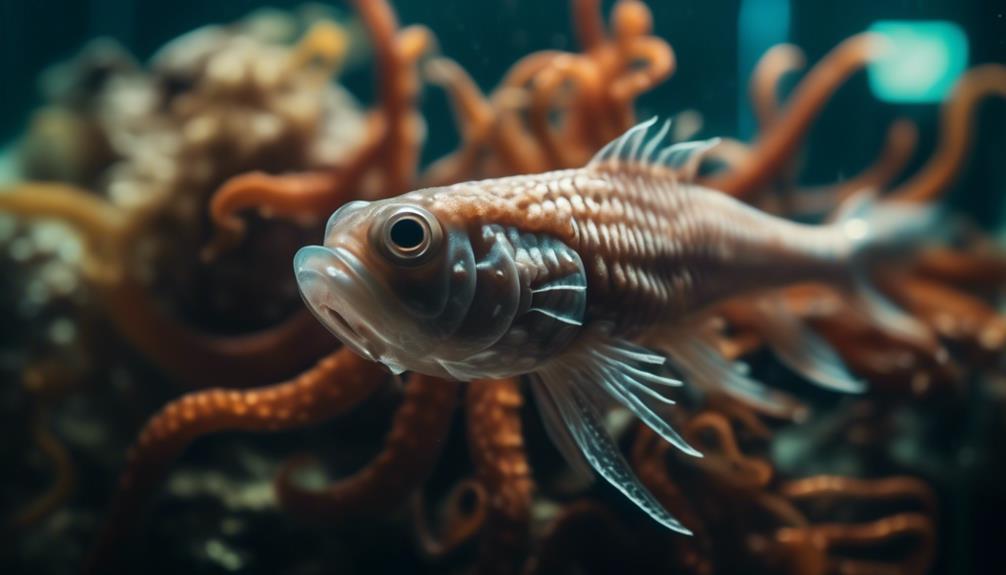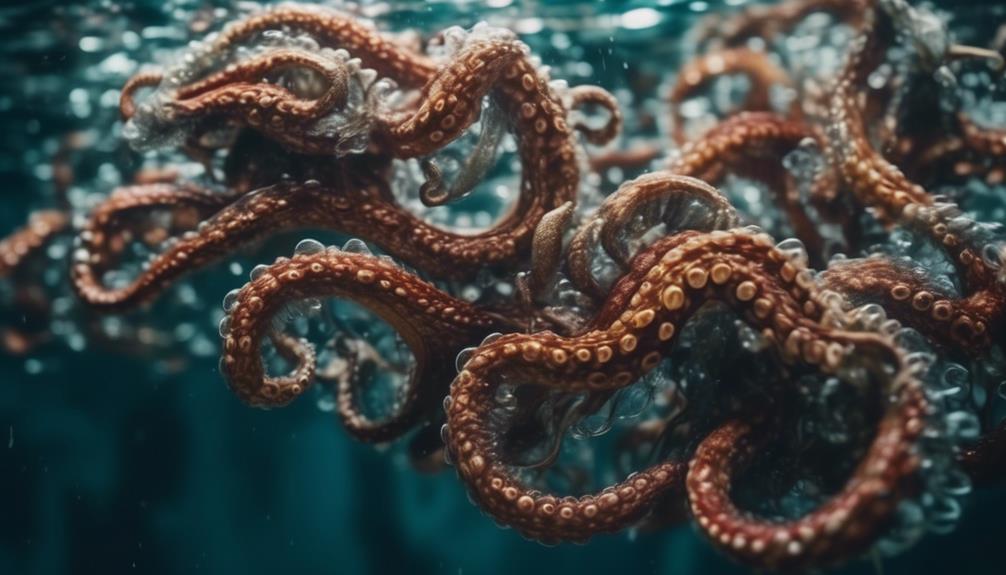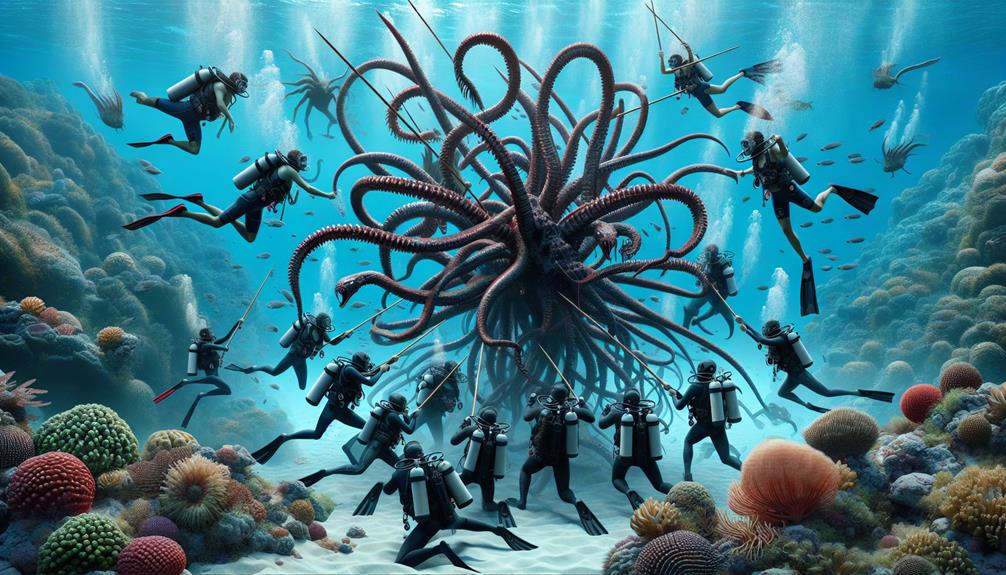In the realm of aquarium keeping, the presence of unwanted organisms can pose a significant challenge to the delicate equilibrium of a thriving aquatic ecosystem. Among these intruders, Hydra, minuscule freshwater creatures reminiscent of jellyfish and sea anemones, stand out for their intriguing characteristics. With their uncanny ability to regenerate and immortal cells, Hydra can swiftly multiply and become a nuisance in fish tanks.
Understanding how these invaders infiltrate aquariums and the impact they have on the overall ecosystem is paramount in devising effective strategies to combat their resilient nature. In this article, we will explore the methods by which Hydra enters aquariums, the implications they hold for human safety and other aquatic species, as well as practical tips for eliminating their presence.
By delving into the world of this aquatic invasion and equipping ourselves with knowledge, we can wage a successful battle against Hydra and maintain a thriving aquarium environment.
Key Takeaways
- Hydra are tiny freshwater organisms that can grow up to 0.4 inches in size and come in various colors.
- They can enter aquariums through fish tanks, decorations, plants, live foods, and hardscape collected from the wild.
- Hydra's stinging cells are too weak to affect humans, and they are not a significant threat to baby fish and shrimp populations.
- To control hydra in aquariums, decrease food supply, target feed fish or use feeding dishes, perform regular water changes and gravel vacuuming, and introduce predators or snails that consume hydra.
Understanding Hydra: Tiny Freshwater Organisms
What are the key characteristics and ecological significance of Hydra, the tiny freshwater organisms related to jellyfish, corals, and sea anemones?
Hydra, also known as Hydra vulgaris, are fascinating creatures that play an important role in the ecosystem. These minute organisms can grow up to 0.4 inches (1 cm) in size and possess a stalk or foot for attachment to surfaces.
Their mouths are surrounded by long, wispy tentacles armed with stinging cells. Hydra have remarkable reproductive abilities, being able to regenerate from fragments and reproduce both asexually and sexually.
In terms of their ecological significance, Hydra serve as ambush hunters, feeding on microworms, insect larvae, and tiny crustaceans. They are part of the natural balance in aquarium ecosystems, without greatly impacting populations of baby fish and shrimp.
Understanding the role and capabilities of Hydra is crucial for maintaining a healthy and balanced aquatic environment.
Sources of Aquarium Hydra Infestation
Hydra, the tiny freshwater organisms related to jellyfish, corals, and sea anemones, can find their way into aquariums through various sources, leading to potential infestations. Preventing hydra infestation requires understanding how they enter the tank.
Hydra can lay dormant in fish tanks and bloom when heavily feeding baby brine shrimp. They can also hitchhike from aquarium decorations, plants, rocks, or driftwood from an infected tank. Additionally, hydra can be introduced through live foods, plants, or hardscape collected from the wild.
To control the hydra population, decreasing the amount of food going into the tank can starve the majority of hydra. Target feeding the fish or using feeding dishes for shrimp can prevent food from spreading. Regular water changes and gravel vacuuming help decrease the population. Adding predators like guppies, mollies, betta fish, paradise fish, or gouramis can also eat the hydra.
Safety and Impact of Hydra in Aquariums

The presence of Hydra in aquariums can be both safe and impactful, as these tiny freshwater organisms play a natural role in the ecosystem while also posing minimal risk to humans and other inhabitants.
While there are potential risks associated with Hydra, such as their ability to reproduce rapidly and potentially overtake the tank, they also provide benefits. Hydra act as natural cleaners by consuming microworms, insect larvae, and tiny crustaceans, helping to maintain a balanced ecosystem. Additionally, Hydra's stinging cells are too weak to affect humans, reducing the risk of harm.
However, it is important to monitor the population of Hydra and take appropriate measures to prevent their overgrowth.
Effective Strategies to Eliminate Hydra
To effectively eliminate Hydra from an aquarium, it is crucial to employ targeted strategies that address their reproductive abilities and minimize their population growth. Here are three effective strategies to eliminate Hydra:
- Targeted feeding techniques: Reduce the amount of food going into the tank to starve the majority of Hydra. Target feed the fish or use feeding dishes for shrimp to prevent food from spreading. By limiting their food source, Hydra will have a harder time reproducing and expanding their population.
- Introduction of Hydra predators: Add predators such as guppies, mollies, betta fish, paradise fish, or gouramis to the aquarium. These predators will actively hunt and consume Hydra, helping to control their population. Consider adding snails that consume Hydra as well, as they are slower and less likely to prey on baby fish and shrimp.
- Regular maintenance: Perform regular water changes and gravel vacuuming to remove any Hydra individuals or eggs. This will help decrease their population and prevent further infestations. Additionally, maintaining proper water parameters and cleanliness will create a less favorable environment for Hydra to thrive.
Interesting Facts About Hydra and Their Behavior

With their unique characteristics and intriguing behavior, Hydra have become a subject of fascination and study in the scientific community. One of the most remarkable features of Hydra is their exceptional regenerative abilities. If a Hydra is cut into pieces, each fragment has the potential to regenerate into a complete organism. This ability makes them a valuable model organism for studying regeneration and tissue repair.
Another interesting aspect of Hydra is their symbiotic relationship with Chlorella algae. The green pigmentation seen in some Hydra species is due to this symbiosis. Hydra provide a protected environment for the algae, while the algae provide nutrients through photosynthesis. This mutually beneficial relationship allows Hydra to thrive in nutrient-poor environments.
Understanding the behavior and unique abilities of Hydra is crucial for managing their presence in aquariums. By studying and learning from these fascinating organisms, researchers and aquarium enthusiasts can develop effective strategies to control and maintain the delicate balance of the aquarium ecosystem.
Frequently Asked Questions
Can Hydra Harm or Sting Humans?
Hydra's stinging cells are too weak to harm or sting humans. They retract their tentacles when touched, and their impact on human health is minimal. However, their regenerative abilities make them potential subjects for medical research and applications.
Can Hydra Be Beneficial to the Aquarium Ecosystem?
Hydra can help maintain water quality in aquariums by controlling populations of microworms, insect larvae, and tiny crustaceans. However, they may pose a risk to other aquatic organisms, especially baby fish and shrimp. Intentional introduction should be carefully considered.
Are There Any Natural Predators of Hydra?
Hydra infestations in freshwater environments have an ecological impact, but control measures can be implemented in aquariums. Predators like guppies, mollies, betta fish, paradise fish, and gouramis can be added to consume hydra, while snails can be introduced to target them selectively.
Can Hydra Reproduce if They Are Fragmented?
Hydra have the ability to reproduce through fragmentation, where a piece of their body can regenerate into a new individual. This process, known as asexual reproduction, allows hydra to rapidly increase their population and colonize new areas.
What Is the Significance of the Green Pigment in the Green Hydra?
The green pigment in the green hydra is significant as it indicates the presence of photosynthetic Chlorella algae. This symbiotic relationship allows the green hydra to obtain nutrients through photosynthesis, contributing to the overall nutrient cycling in aquatic ecosystems.
Conclusion
In conclusion, Hydra invasion in aquariums poses a significant threat to the delicate ecosystem and the well-being of aquatic species. Understanding the methods by which Hydra enters aquariums and its impact on the overall environment is crucial for developing effective strategies for their control.
By implementing appropriate measures to eliminate Hydra and maintaining a thriving aquarium environment, aquarists can safeguard the health and balance of their aquatic ecosystems.

